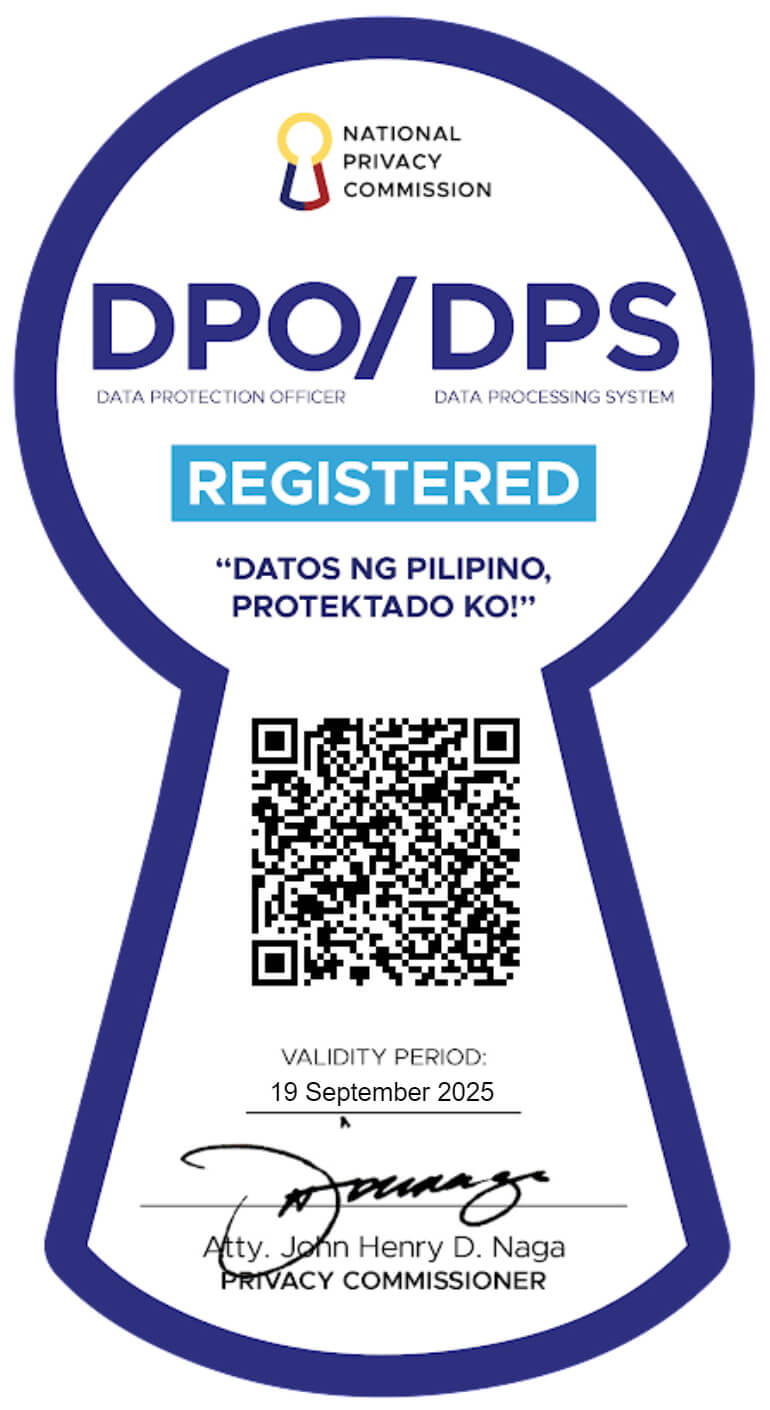-
About Us
Probe CX is a tech-powered, global customer experience organisation that amplifies human capabilities with technological excellence.
-
Awards and Accreditations
As an industry-leading CX and digital transformation provider, Probe CX has a resume to match any of our competition.
-
Compliance
Industry-recognised certifications to protect what matters most to our clients and their customers.
-
Locations
Over 19,000 team members delivering exceptional customer experiences across five countries.
-
Vision and Culture
We help our clients become modern digital organisations by combining the latest technology with people, process and data.
-
Executive Team
Meet the team with unmatched experience committed to helping organisations create environments for digitally-enabled CX to thrive.
-
 Blog
BlogDiscover the latest insights, information and trends in blogs created by customer experience experts.
-
 News
NewsLearn where Probe CX have been recognised in the news, including awards, accreditations, acquisitions, partnerships and more.
-
 Resources
ResourcesDownload our latest resources including whitepapers, case studies, tip sheets, reports and brochures..
A leading energy and gas industry retailer required support with credit collection activities and help to optimise their KMS.
- Blog
- 4 ways to manage overflow
4 ways to manage overflow

If you’re witnessing productivity levels plummet and don’t have the resources on-hand, whether that be the people or technology, to fix these issues, then your overall customer experience may be at risk. Employees will start to become frustrated that they don’t have the necessary support to deal with the heightened workload and your customers will mirror this frustration.
From lengthier response times for customer service enquiries to long hold times for just a booking confirmation, overflow trickles down through the organisation. It doesn’t take long for those stress factors to resonate with your customers - and no one wants a stressed and unhappy consumer.
There is no cookie-cutter approach for overflow concerns and each business requires a versatile and flexible solution to meet the challenges that come with unexpected peak demand.
Four overflow solutions
Consider the following four overflow solutions to help improve your overall customer experience in times of peak demand.
1. Be proactive by investing in automation
Wouldn’t it be great to pre-empt and prevent overflow situations before they even occur? Through the power of big data analytics and artificial intelligence, there is technology that can let you know when an increase in customer demand is likely to occur. Unexpected spikes in inbound call volume become a thing of the past. Using historical data, you can create an AI-powered dashboard that informs of future potential influxes so your customer service managers can plan ahead - whether they need to hire additional headcount or update workforce management plans.
Hyper-personalisation and predictive routing or call routing are both great examples of implementing CX-driven automation into an organisation to improve overflow. Hyper-personalisation leverages artificial intelligence, machine learning and real-time data to deliver more relevant content, product and service information to each user and ultimately personalise their entire experience.
Predictive routing or call routing is technology within a contact centre that is able to identify which customer service agent is best suited to the individual customer calling. The introduction of both technologies can evaluate past customer behaviours and identify their persona type, product preferences and other criteria to predict the necessary skills or even personality traits of a customer service agent that would be the best fit for the individual caller. This means reduced overflow customer queries and faster customer resolution rates.
2. Consider external resourcing strategies
Australia is facing one of the most challenging recruitment markets to date, organisations do not have the time to source and hire additional staff to meet overflow demands. Instead, consider finding an external overflow solutions partner that can take care of finding the additional headcount for you.
To help maintain your current teams, outsourcing could be a very practical solution. An expert outsourcer can help your organisation tap into local and global talent pools to hire experienced customer service representatives to meet overflow issues. They can also ensure your new team hit the ground running by having experience with your technology to ensure a seamless transition.
3. Offer callback services in your contact centre
Despite your best efforts to invest in proactive overflow solutions and hire additional team members, sometimes overflow issues still occur. To minimise the damage of increased customer frustrations, a quick and easy resolution comes in the form of a callback service. IVR systems are a great way to offer customers who contact you over the phone the chance to get a call back when either the ‘influx of calls’ has ended (automated callback) or they’ve disconnected the call but maintained their spot in the queue (intelligent callback).
4. Review workforce management processes
Making sure your workforce is positioned to handle overflow services efficiently can make or break peaks in demand. If you haven’t scheduled appropriate cover or streamlined communication, your issues could double due to inefficient planning.
Designed to get the most out of your employees at any given time, workforce optimisation is all about implementing a business strategy focused on balancing customer satisfaction, service levels, workforce scheduling, operational costs, employee engagement and other key performance metrics. Workforce optimisation eliminates the grey areas such as how much time an employee should spend on a certain task or whether their skill sets are suitable for a specific task.
Investing in workforce management solutions for your business that put the right people with the right skills in the right place at the right time can dramatically improve your overflow situations.
Where to start?
Why not get expert, tailored advice from an organisation that’s helped many clients improve their customer experience through quick, efficient and easy-to-implement overflow solutions? Probe CX overflow solutions helped one of Australia’s leading health and wellness groups save up to 233 hours per day in receptionist cost across all business locations and even improved caller efficiencies by 75%. Read the full FREE case study here.
Related Articles
Contact Centre
Cloud contact centres – what they are and why they work
Learn how the cloud is revolutionising the contact centre environment and making life better for customers, agents and businesses.
Technology
Customer-centric trends shaping 2023
Customer-centric companies are successful companies, which is why so many will be tapping into this year’s top tips for nurturing happier consumers.
Technology
How AI will make CX more human
Discover how AI is transforming CX at Probe Group, blending digital technology with human touch to enhance interactions, streamline processes and foster empathy in service delivery.
© Copyright 2025 Probe CX | Probe CX is a proudly owned subsidiary of Probe Group
Privacy Policy | Responsible AI Policy | Financial Hardship Policy | Whistleblower Policy | Complaints Procedure | Supplier Code of Conduct | Make a Payment | Client Login




